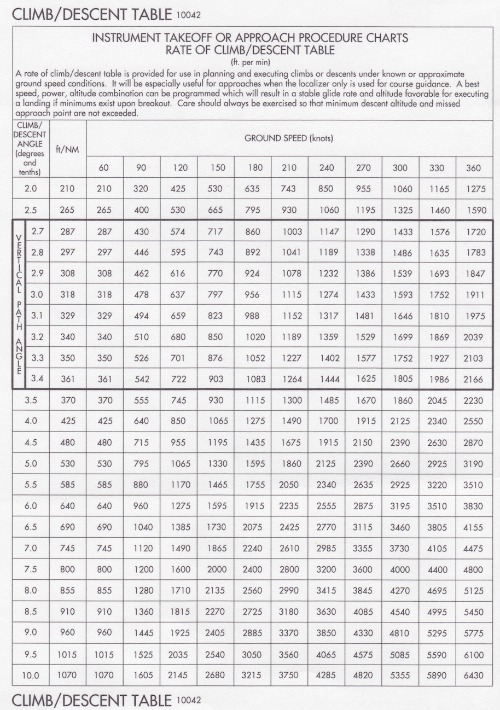Dmitri Scheidel
Pre-Flight
- Joined
- Aug 3, 2016
- Messages
- 53
- Location
- Northern California
- Display Name
Display name:
NorCali.Pilot
Hello,
First off, I'm not an IFR pilot, I'm still working on my PPL. But I still want to learn the world of IFR so I'm ready for IFR training. I'm watching a workshop on IFR DP's, and the guy started with a thing called an ODP. (Cross the DER >35' feet with a climb gradient of at least 200FT/nm. if that's correct).
I'm stubborn and like to work things out by hand, and I'm trying to figure out this whole 200FT./nm. thing. If I climb out at 70Kts., how can I calculate my expected VS to be able to match the 200FT/nm requirement? My white board is full with marks and calculations, but I can not figure it out.
Thanks!
First off, I'm not an IFR pilot, I'm still working on my PPL. But I still want to learn the world of IFR so I'm ready for IFR training. I'm watching a workshop on IFR DP's, and the guy started with a thing called an ODP. (Cross the DER >35' feet with a climb gradient of at least 200FT/nm. if that's correct).
I'm stubborn and like to work things out by hand, and I'm trying to figure out this whole 200FT./nm. thing. If I climb out at 70Kts., how can I calculate my expected VS to be able to match the 200FT/nm requirement? My white board is full with marks and calculations, but I can not figure it out.
Thanks!

